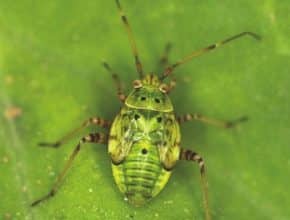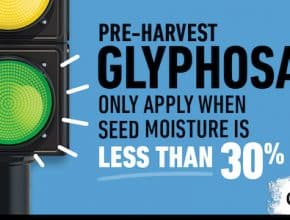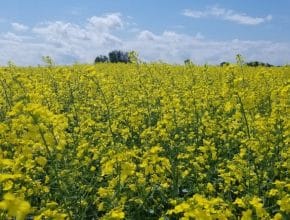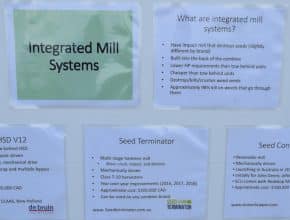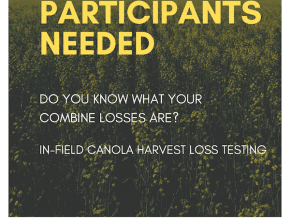Home / Archives for July 2019 / Page 2
-
Test your bertha armyworm identification and scouting skills with these 6 questions…
-
When sweep netting for lygus, include nymphs like this one in the counts…
-
In all fields, including those with variable maturity, it is critical to wait until seed moisture content is less than 30% in the least-mature areas of the crop before applying glyphosate. Applications made before the correct stage increase the risk of unacceptable residue in the seed…
-
Growers may see good reason for two applications (7 to 14 days apart as specified on the product label) if conditions are good for fungal growth and the crop flowers for a long period…
-
Hot days (28-30°C and up) and warm nights (16°C and up) from bud to mid-flowering stages can increase flower abortion, producing blanks along the stem…
-
Farmers and agronomists in northwest Saskatchewan can register now for a Canola Crop Walk August 7 at Keith Fournier’s farm near Maidstone…
-
This quiz includes 5 questions the CCC agronomy team received over the past week…
-
Breanne Tidemann, research scientist with Agriculture and Agri-Food Canada, has been researching combine weed seed destructors. They’re not perfect because some weed seeds will shed their seed before harvest and some weed seeds, like thistles, are too light and fluffy, but no IWM practice is perfect. When farmers employ a few of these imperfect tools, they can start to get…
-
Want to know your canola combine losses? PAMI is doing a survey this fall and if a farmer volunteers a field for loss measurement, PAMI will share its results. The farmer may also get a first-hand lesson in how to measure losses…

